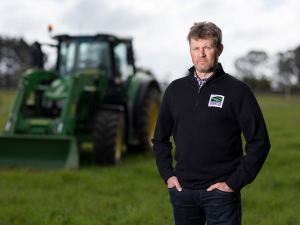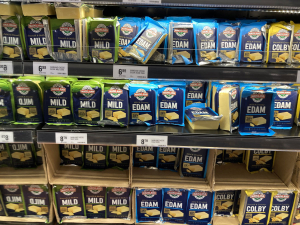As the volatility of milk prices experienced in the 1990s increased in the first decade of the 21st century, “the first decade of the 21st century was tumultuous for both the dairy industry and the United States economy generally,” Liebrand reports. Average monthly milk price peaked in November 2007 at arecord $21.90 per hundredweight (cwt) and then fell to less than $11.50 per cwt in June and July 2009. Month to month fluctuations in average milk prices were more than $2 per cwt eight times during the decade, badly affecting many dairy farmers.
In the regulatory arena, the milk price support programme was changed to support dairy product prices rather than milk prices. While the support purchase price for nonfat dry milk was lowered, the purchase price for butter support was raised. An income support program was instituted so that under certain conditions the US Government made monthly payments directly to qualifying dairy producers.
In the first decade of the 21st century, the number of US dairy cooperatives dropped from 211 to 151, with 23 new ones being formed and 83 ceasing to exist. Comparing 2000 to 2010, of those no longer trading 49 had been sold or gone out of business, while 30 had merged with another cooperative, and four no longer handled member-producer milk.
So while some co-ops altered the way they operate to meet changes in the marketplace and some went out of business, a major share of US milk production was going through farmer-owned dairy cooperatives in 2010.
While three out of four of those operating in 2010 had been in operation prior to 1992 and fewer than one in seven had been formed since 2000, at least a dozen had been in business for more than 75 years. So while almost two out of every five dairy co-ops that existed in 2000 had gone out of business by 2010, averaging 7.5 cooperative exits a year, on average two new dairy co-ops had been formed each year.
Although the economic environment is common to all dairy co-ops, the performance of each co-op has been impacted differently. During the global financial crisis, some cooperatives made additional payments to their members to help them through the difficulties of record low milk payment prices and the record high cost of inputs. This type of assistance will have boosted the bottom lines of members’ dairy farm businesses, but reduced the cooperatives’ own net income before tax.
“While the dairy cooperative sector is buffeted by the same economic storms as the broader economy and impacted by changes in milk production, the financial performance data suggests that dairy cooperatives on average are able to use member capital effectively,” Liebrand writes.
Her conclusion is clear: “The fact that dairy cooperatives have been able to thrive using a variety of operating modes and under a broad range of economic conditions indicates that dairy cooperatives are likely to continue as the marketing organisations of choice for many dairy farmers in the years to come.”
• Ramsey Margolis is executive director of Cooperative Business New Zealand.
















